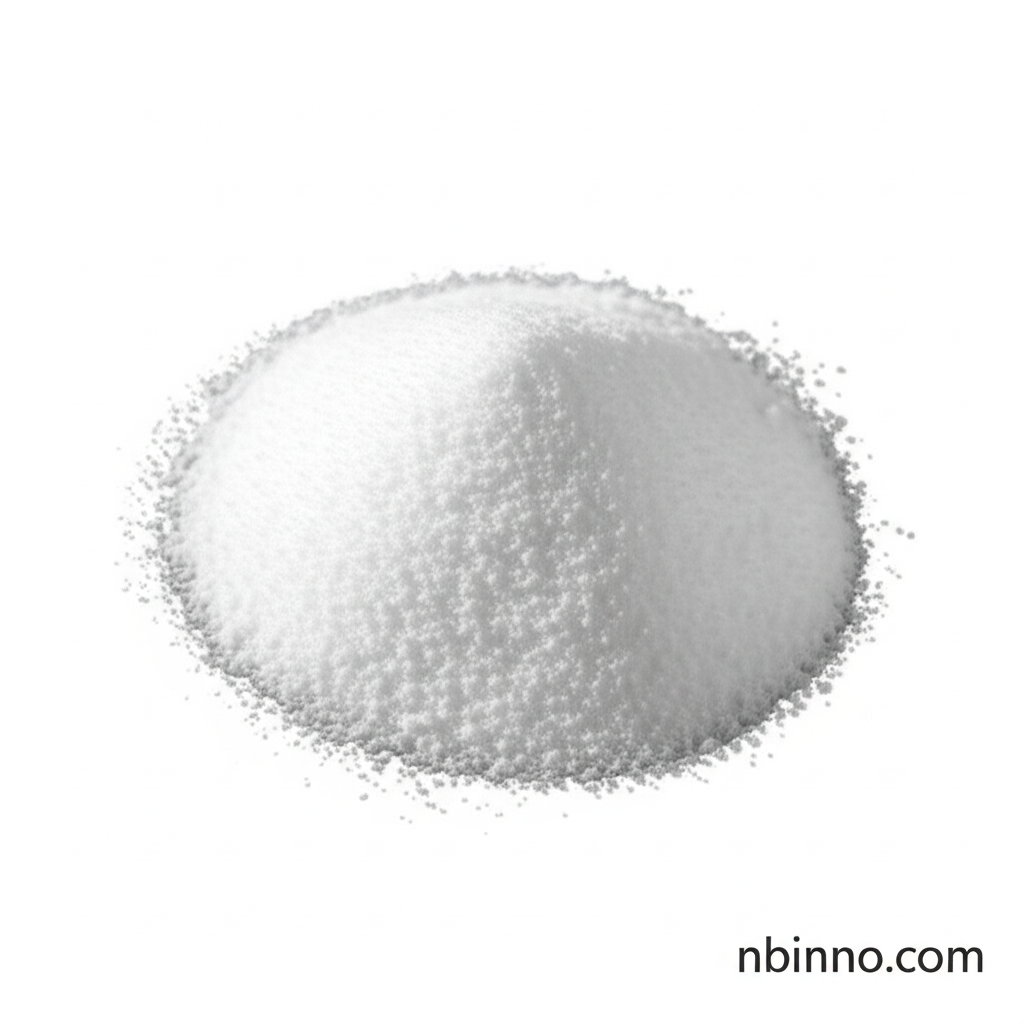N-Fmoc-S-Trityl-D-Cysteine: Precision in Peptide Synthesis
Discover the critical role of Fmoc-D-Cys(Trt)-OH in advancing peptide synthesis. Explore its structure, protective groups, and applications in creating high-value peptides for research and pharmaceutical development.
Get a Quote & SampleProduct Core Value

N-Fmoc-S-Trityl-D-Cysteine
As a leading supplier in China, we provide N-Fmoc-S-Trityl-D-Cysteine (Fmoc-D-Cys(Trt)-OH), a vital component for precise peptide synthesis. This derivative features the Fmoc group for N-terminal protection and the Trt group for side-chain thiol protection, ensuring orthogonality and preventing unwanted side reactions during complex peptide chain assembly. Its D-enantiomer configuration offers enhanced stability against proteolysis, making it a preferred choice for developing robust peptide-based therapeutics and research tools.
- Leverage the power of Fmoc SPPS with high-purity Fmoc-D-Cys(Trt)-OH, a key building block for sophisticated peptide sequences.
- Enhance peptide stability and resistance to enzymatic degradation by incorporating the D-enantiomer of cysteine, crucial for effective drug development.
- Ensure reliable peptide synthesis with the Trt protection on the cysteine thiol, preventing disulfide scrambling and side reactions.
- Explore new frontiers in peptide chemistry by utilizing this versatile amino acid derivative, a cornerstone for custom peptide synthesis.
Advantages Offered by the Product
Enhanced Stability
The D-enantiomer of cysteine, incorporated in Fmoc-D-Cys(Trt)-OH, provides increased resistance to proteolytic degradation, leading to more stable peptide therapeutics.
Orthogonal Protection
The combination of Fmoc and Trt protecting groups allows for selective deprotection strategies, essential for complex peptide synthesis and disulfide bond formation.
Reduced Side Reactions
The trityl group effectively shields the reactive thiol of cysteine, minimizing oxidation and unintended disulfide scrambling during SPPS, thus improving yields.
Key Applications
Peptide Synthesis
Fmoc-D-Cys(Trt)-OH is indispensable for the efficient and accurate synthesis of peptides via the Fmoc SPPS strategy, a cornerstone of modern peptide chemistry.
Drug Development
It serves as a vital building block in creating peptide-based pharmaceuticals, offering improved stability and targeted delivery mechanisms.
Biochemical Research
Researchers utilize this compound to study protein-protein interactions and explore the role of D-amino acids in biological systems.
Bioconjugation
The protected thiol group can be utilized for subsequent conjugation reactions, linking peptides to other biomolecules or therapeutic agents.
